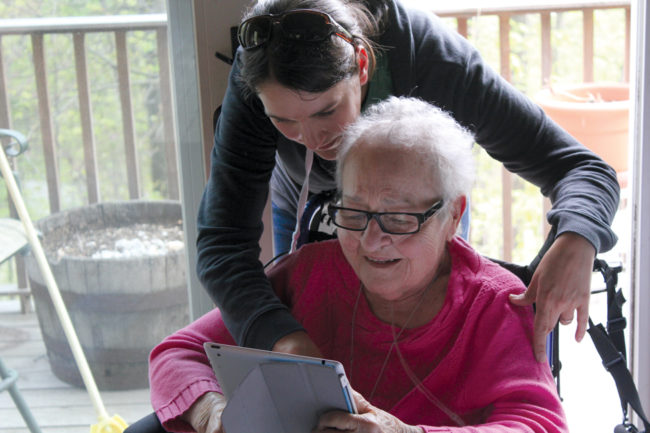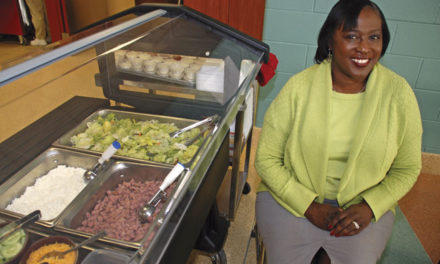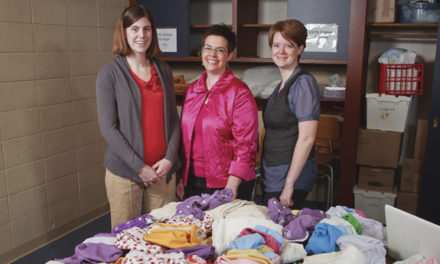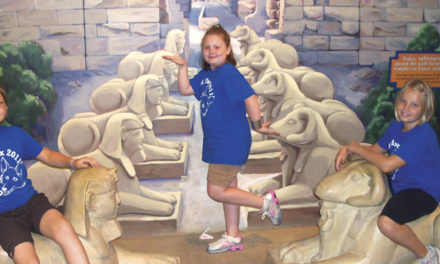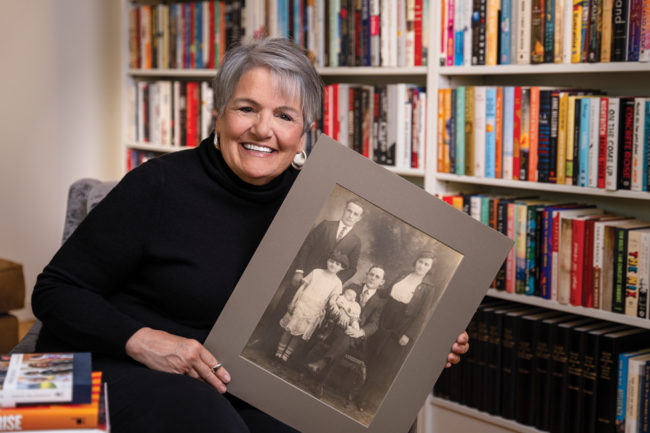
by SUSAN M. BRACKNEY
The framed images hung on her grandmother’s wall for as long as Rachel Betzen could remember. “She had these collages of old postcards,” Betzen says. Created between 1907 and the 1930s, the “real photo” postcards featured relatives’ portraits—and, as Betzen would soon discover, much more.

To scan and enlarge the photos for her grandmother’s tired eyes, Betzen disassembled the collages. “I bought a special tool to detach the photos, and I see writing on the back,” she explains. “And I’m like, ‘What language is this?’”
It was Yiddish.
Betzen had the circa-World War I postcards translated and compiled their images and messages into a hardback book—Found in Translation—as a gift for her grandmother. Recalls Marsha Herman-Betzen, Rachel’s mother, “I’ll never forget the tears of joy my 86-year-old mother had when she saw it.”
Sadly, many of the pictured family members wouldn’t survive the coming Holocaust. “My grandfather was one of 12 children, and only three got out,” Herman-Betzen notes. “And his mother and father didn’t get out. And the rest of the kids didn’t.”
Betzen adds, “I think the postcards were a way for somebody to say, ‘I’m here. I exist. Remember me.’ That’s a really powerful thing that people were able to do for the first time.”
Advances in photography and changes at the U.S. Postal Service fueled the real photo postcard boom. By 1907, you could have your photo taken and printed as a mailable postcard. As a result, myriad real photo postcards remain tucked inside albums and attics worldwide. “People see them as, ‘Oh, here’s a photo of my great grandfather,’” Betzen says. “They don’t realize that there’s a message from their great grandfather on the back.”
But that’s about to change. What began eight years ago as Found in Translation has morphed into something bigger—the Yiddish Postcard Project. “After I saw the Yiddish on the back of our postcards I thought, ‘Wow. If my family has this, other families do, too,’” Betzen says.
Now, she’s gathering others’ real photo postcards to create a digital, searchable archive—and to help preserve the Yiddish language. “When these postcards are evaluated together, they’ll inform us about life and Jewish culture during the early part of the last century in ways previously unknown,” she explains.
